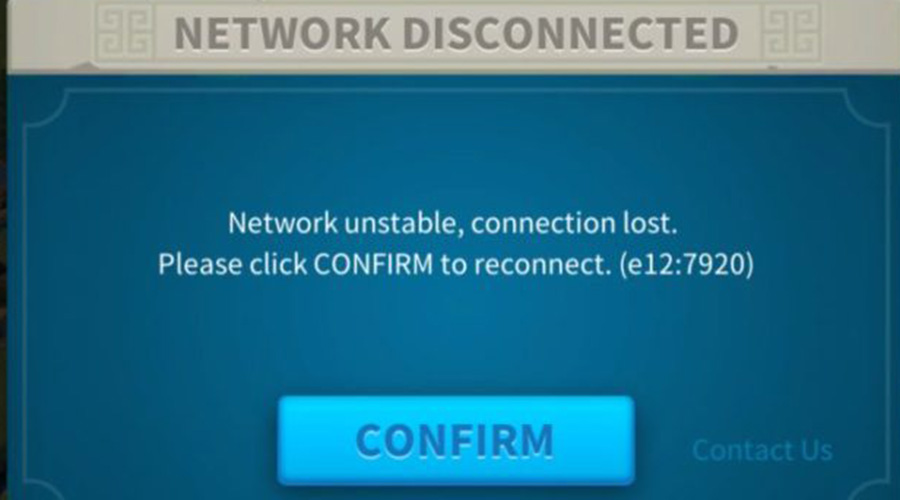

As the COVID-19 pandemic has shut down much of trade, commerce and business all around the world, many professionals have been turning to increasingly sophisticated and available virtual communication technology to be able to continue working and communicating with each other.
Unfortunately, all virtual communication is not equal. In fact, some of it is downright exclusive.
Rwanda and many other countries in Africa and the rest of the Global South already had many issues relating to communication technology access, equipment, cost and bandwidth before the crisis and these have only been exacerbated by the usage volume of many professionals now trying to work from home. (And these issues also apply to many areas in the Global North too)
On a very simple local level here in Kigali, regular phone calls drop frequently and WhatsApp calls also stall and get cut off often. Recently, this writer even had to conduct several one-hour career coaching sessions entirely through WhatsApp text.
He has also led and participated in many webinars and web calls on Zoom, GoToMeeting and other virtual platforms in recent weeks where dreaded messages about an unstable network, a pause to reconnect or a lost connection flash up on the screen at regular intervals.
Sometimes it’s just easier to give up but that’s not a sustainable solution.
From a Global South perspective, Josephine Nyiranzeyimana, the Chief Information Officer at the Rwanda Information Society Authority (RISA), told this newspaper recently: "More efforts and innovative approaches to increase Internet access and to improve uptake are needed. Good quality and affordable Internet should be available and accessible to everyone.”
She added that access to the Internet should also be considered as a utility.
And from the Global North’s perspective, there is one simple courtesy that everyone can do beyond partnering on and investing in longer-term infrastructure projects for communication technology.
And it is related to the use of individual videos on virtual presentations and meetings.
It is one thing to try to connect with everyone by both audio and video when there is a relatively small group of people who already know each other in a work team or a remote learning course. Or even in a meditation circle!
But this writer has been on many recent webinar presentations and web calls with 50 or more participants in which most people will often mute their microphones but not their videos.
The trouble is that this seems to affect internet quality for people in the Global South even if they minimize all the videos of participants in these large calls. (And let’s be honest: who really wants to present to a whole load of unknown people on video, who mostly look bored and distracted while trying not to check their phones or emails?)
While there does not seem to be any definitive proof that there is a direct link between multiple people on video and consistent connectivity, a Spain-based virtual communication guru says: "this is a huge challenge because clearly we are excluding participants with an unstable internet connection … and my understanding is that, yes, the connection gets better if no one uses their camera.”
And another Germany-based communications expert added that this is an issue: "not only for those who experience trouble with their Internet connection but also for those who might not have a webcam on their computer and not own a smartphone or tablet.”
So if everyone is to be included in terms of both quantity and quality, the solution is very simple.
In large virtual communication sessions for non-intact groups of more than 15 or 20 people, meeting leaders should ask - in the invitation and/or at the start of the call - for all participants to:


